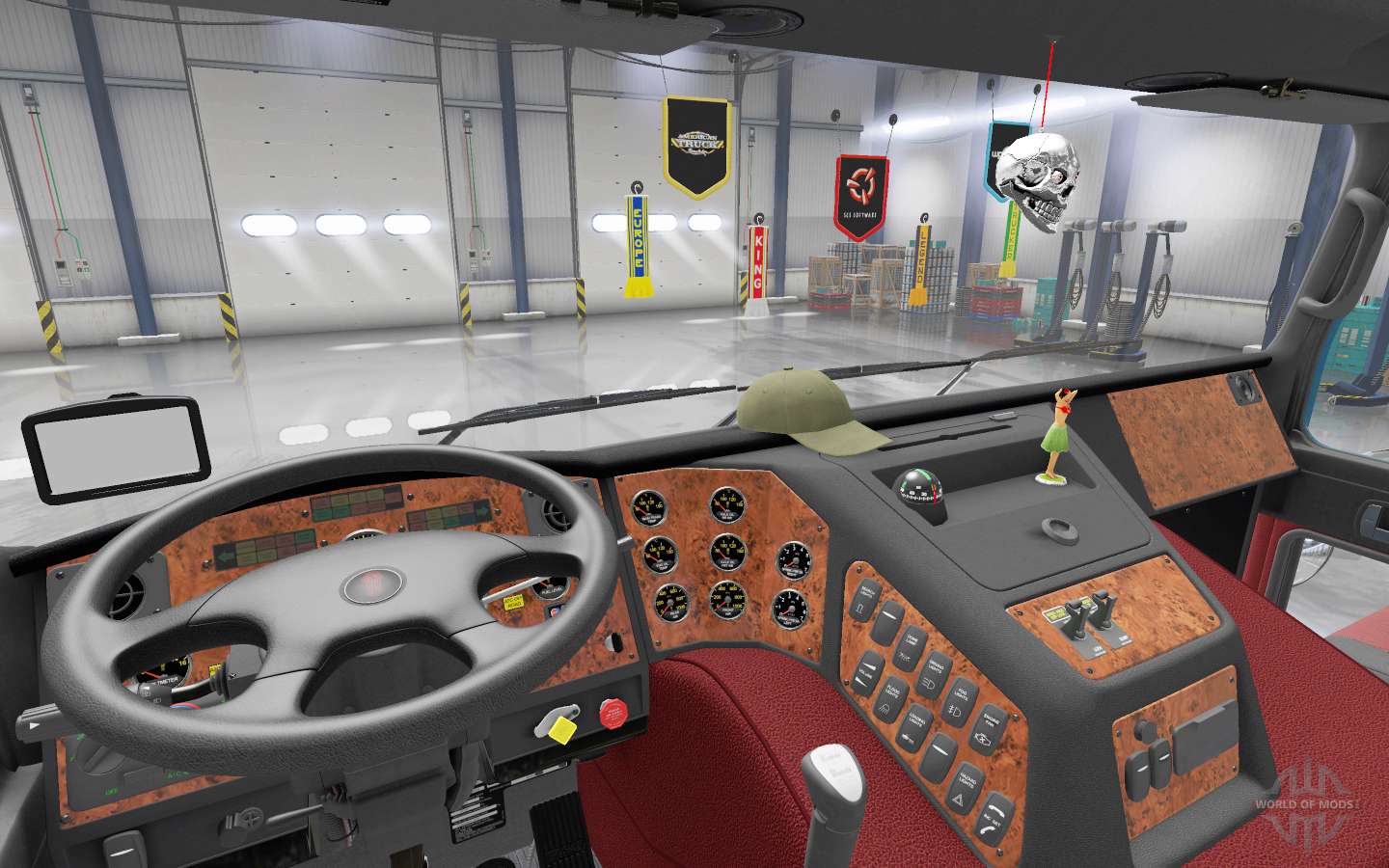

Teachers must monitor the simulation process to ensure that students both understand the process and benefit from it. Developing evaluation criteria, and ensure that students are aware of the specific outcomes expected of them in advance. Many simulations have more than one instructional goal. Some simulations are fast-paced, and the sense of reality is best maintained with ready responses.

Frustration can arise when too many uncertainties exist. Ensure that students understand the procedures before beginning.

1) Prepare in advance as much as possible However, similar principles apply to all simulations.

Some simulations require one hour, while others may extend over weeks. In a simulation, guided by a set of parameters, students undertake to solve problems, adapt to issues arising from their scenario and gain an awareness of the unique circumstances that exist within the confines of the simulation.
#POWER WORLD SIMULATOR USES WHAT METHOD HOW TO#
How to achieve effective teaching with case studies If your simulation has an element of competition, it is important to remind the students that the goal is not to win, but to acquire knowledge and understanding. Simulated experiences are more realistic than some other techniques and they can be so engaging and absorbing that students forget the educational purpose of the exercise. Assessment of student learning through simulation is often more complex than with other methods. Resources and time are required to develop a quality learning experience with simulations. Simulations can reinforce other skills indirectly, such as Debating, a method associated with some large-scale simulations, and research skills. For example, by participating in a resource distribution activity, students might gain an understanding of inequity in society. Simulations help students appreciate more deeply the management of the environment, politics, community and culture. Students often find them more deeply engaging than other activities, as they experience the activity first-hand, rather than hearing about it or seeing it. They help students understand the nuances of a concept. Simulations promote concept attainment through experiential practice. The situation feels real and thus leads to more engaging interaction by learners. Because they are ambiguous or open-ended, they encourage students to contemplate the implications of a scenario. Simulations promote the use of critical and evaluative thinking. The inventiveness and commitment of the participants usually determines the success of a simulation. Simulations are characterised by their non-linear nature and by then controlled ambiguity within which students must make decisions. It is a strategy that fits well with the principles of Student-Centred and constructivist learning and teaching. Students experience the reality of the scenario and gather meaning from it.Ī simulation is a form of experiential learning. The teacher controls the parameters of this "world" and uses it to achieve the desired instructional results. They represent a reality within which students interact. Simulations are instructional scenarios where the learner is placed in a "world" defined by the teacher.


 0 kommentar(er)
0 kommentar(er)
